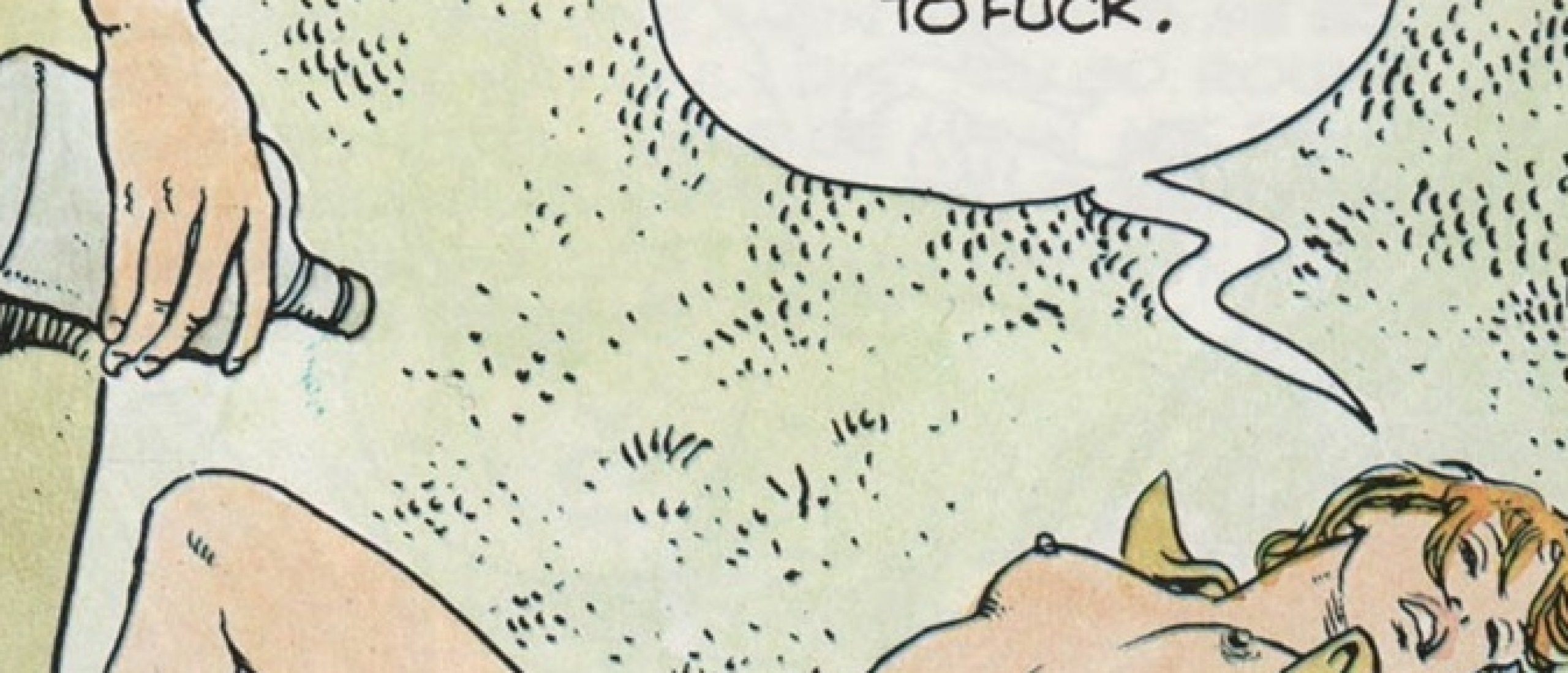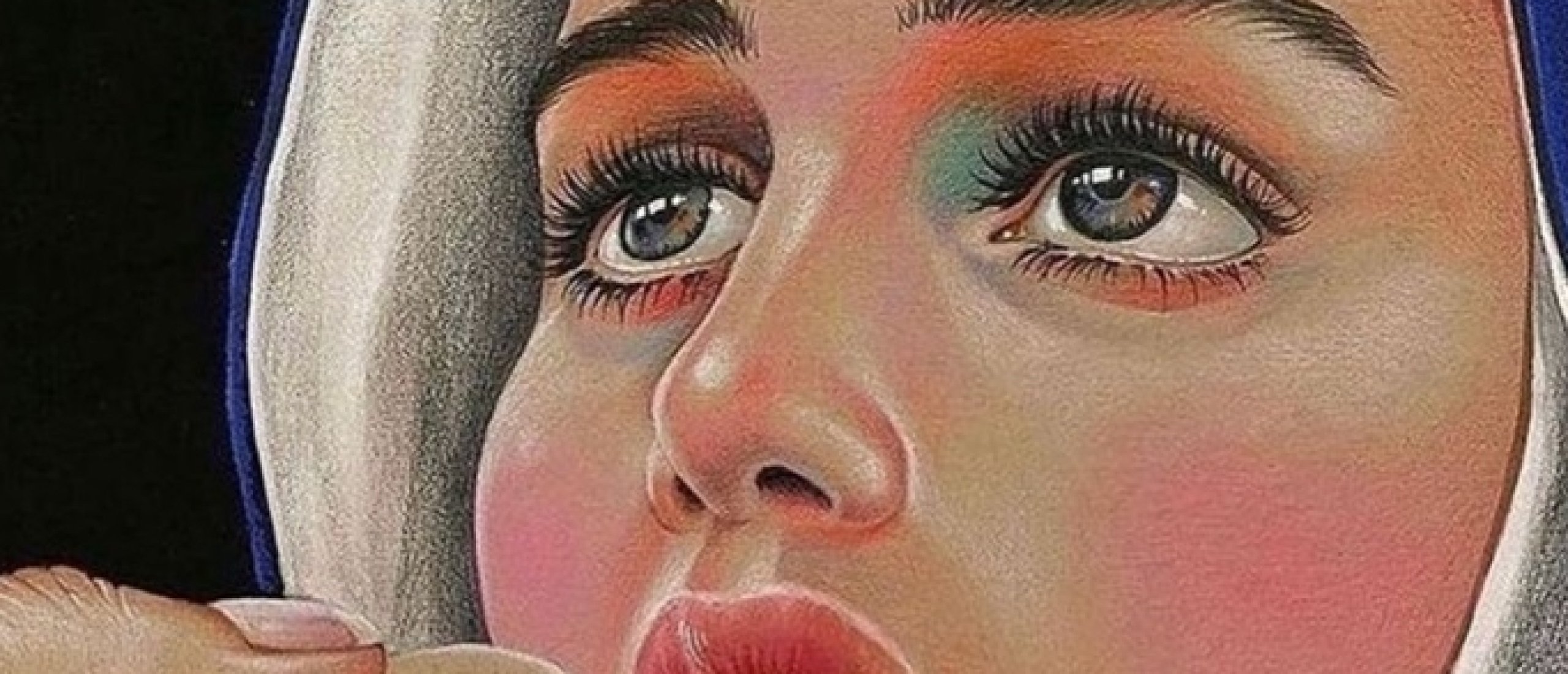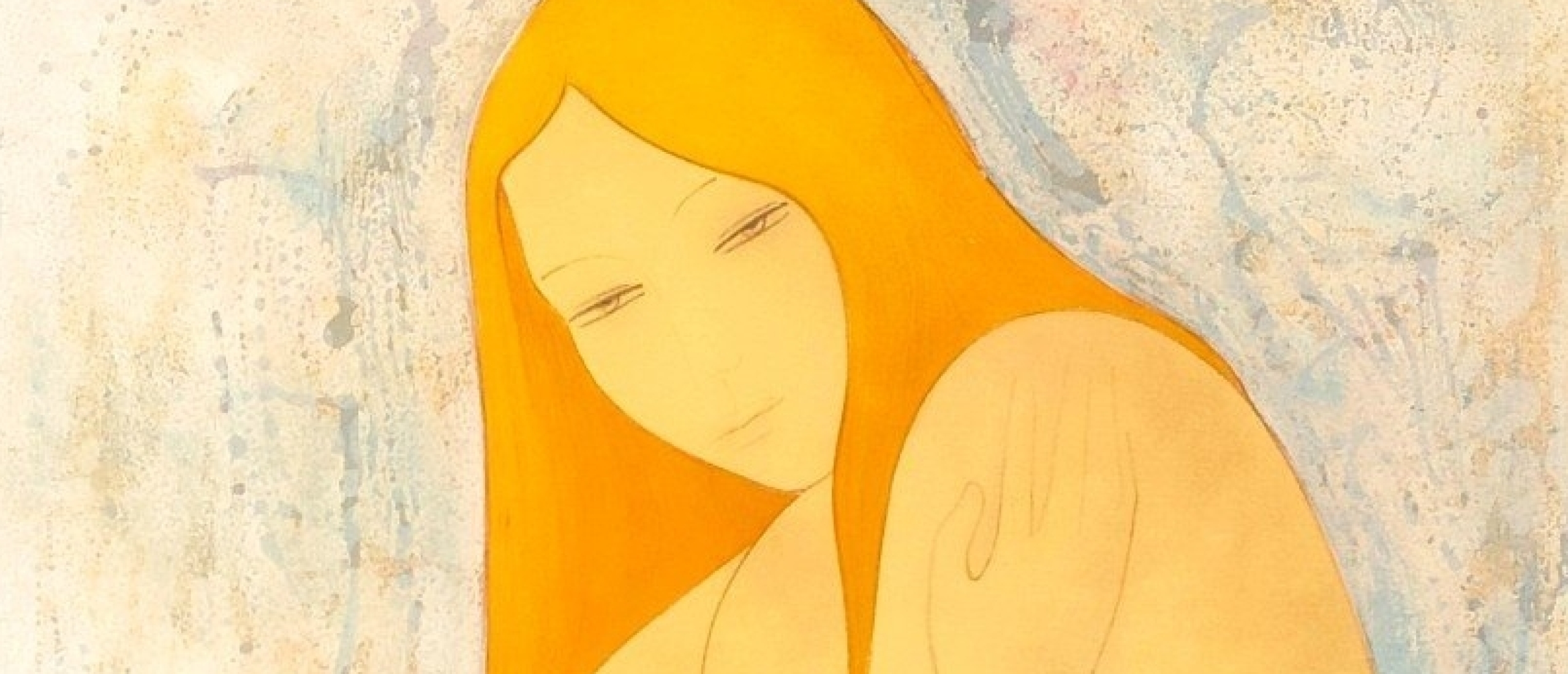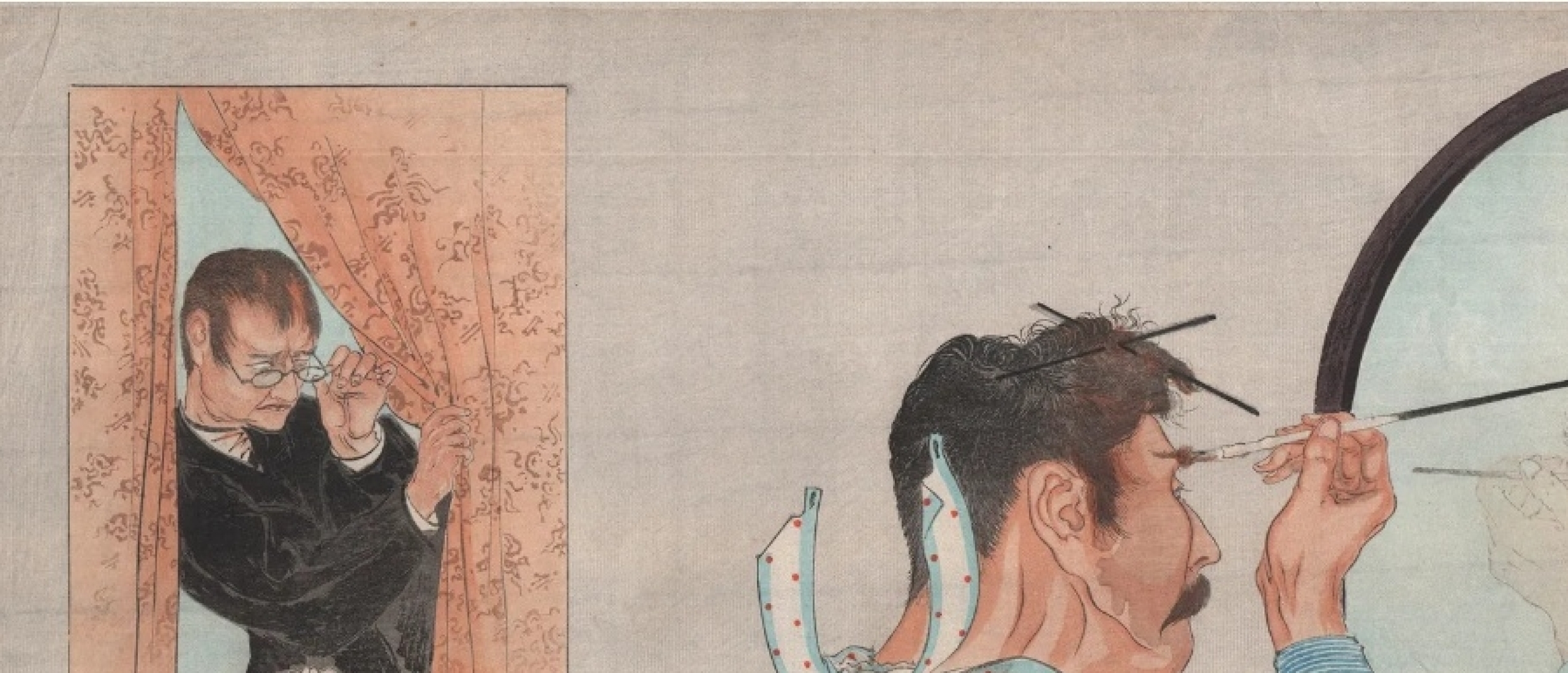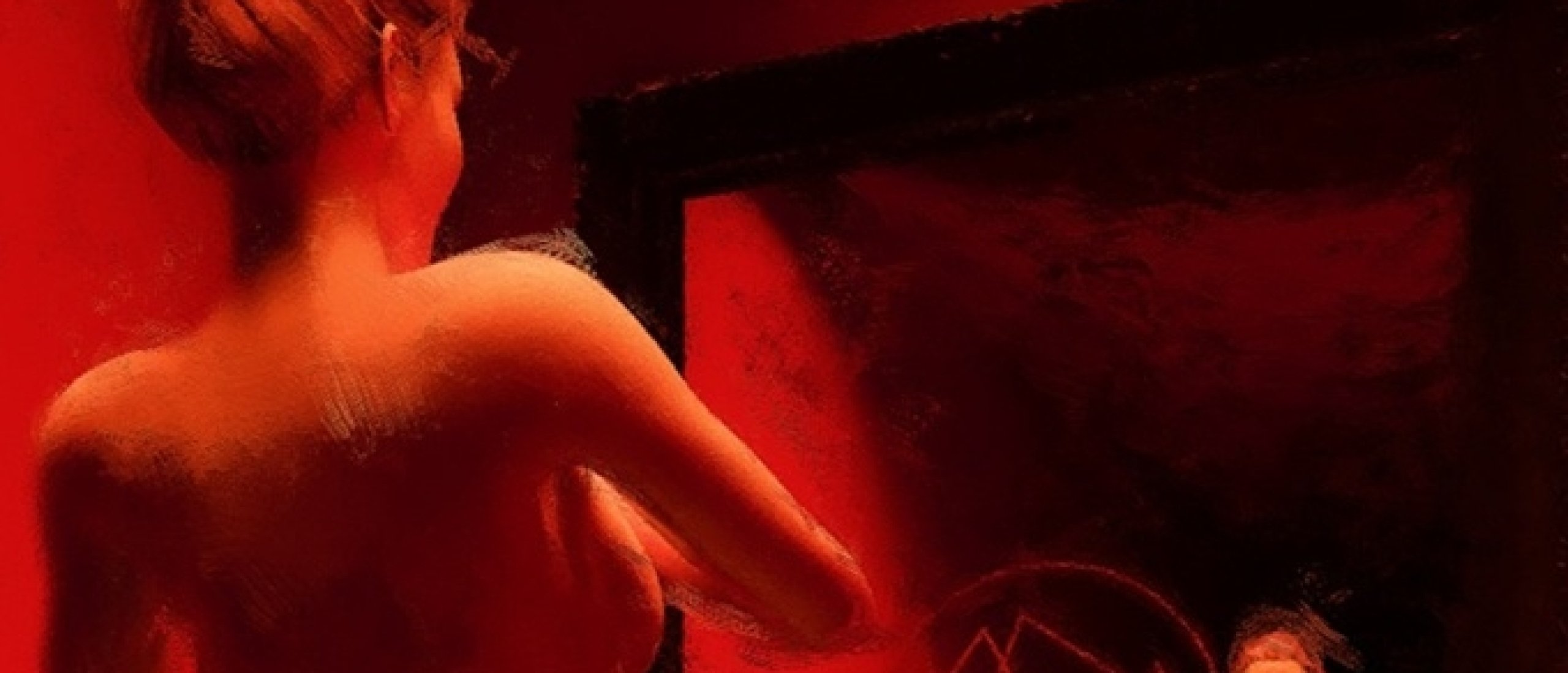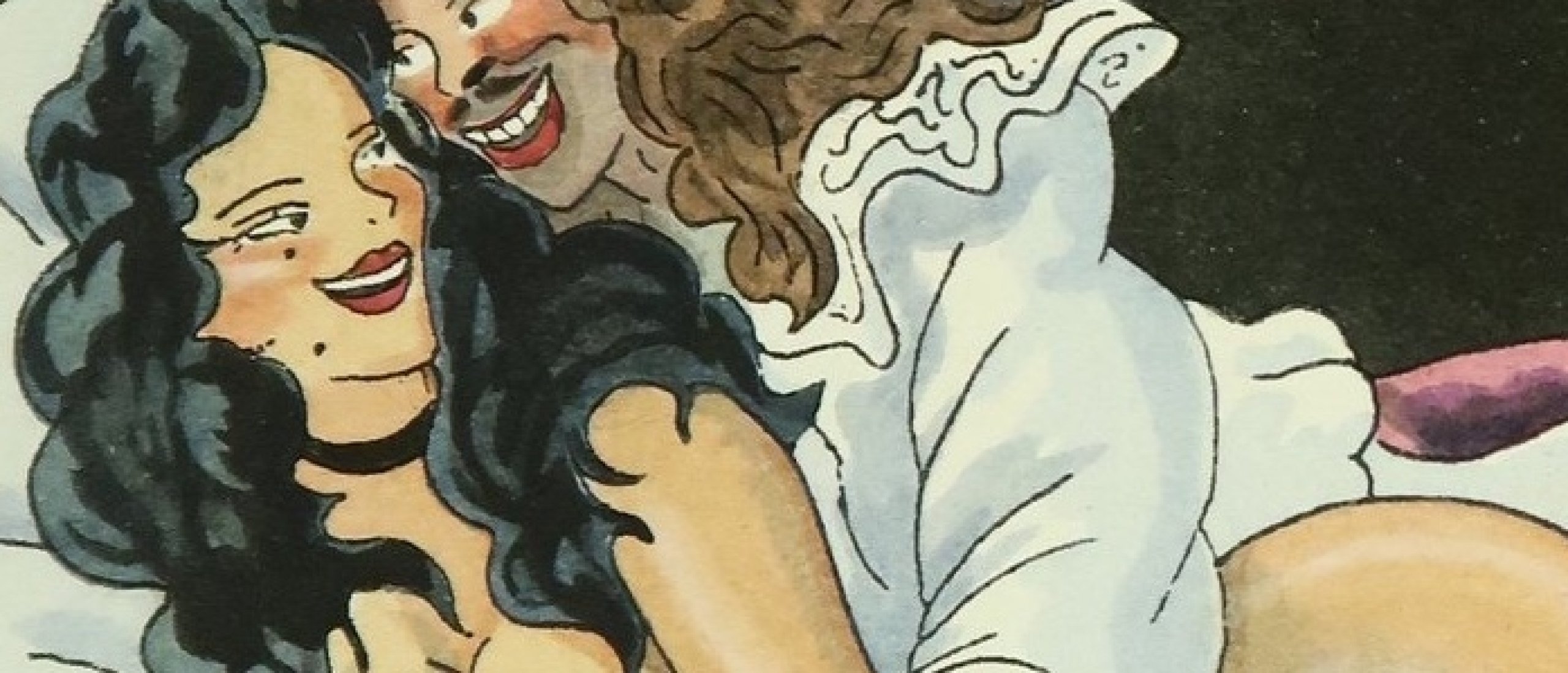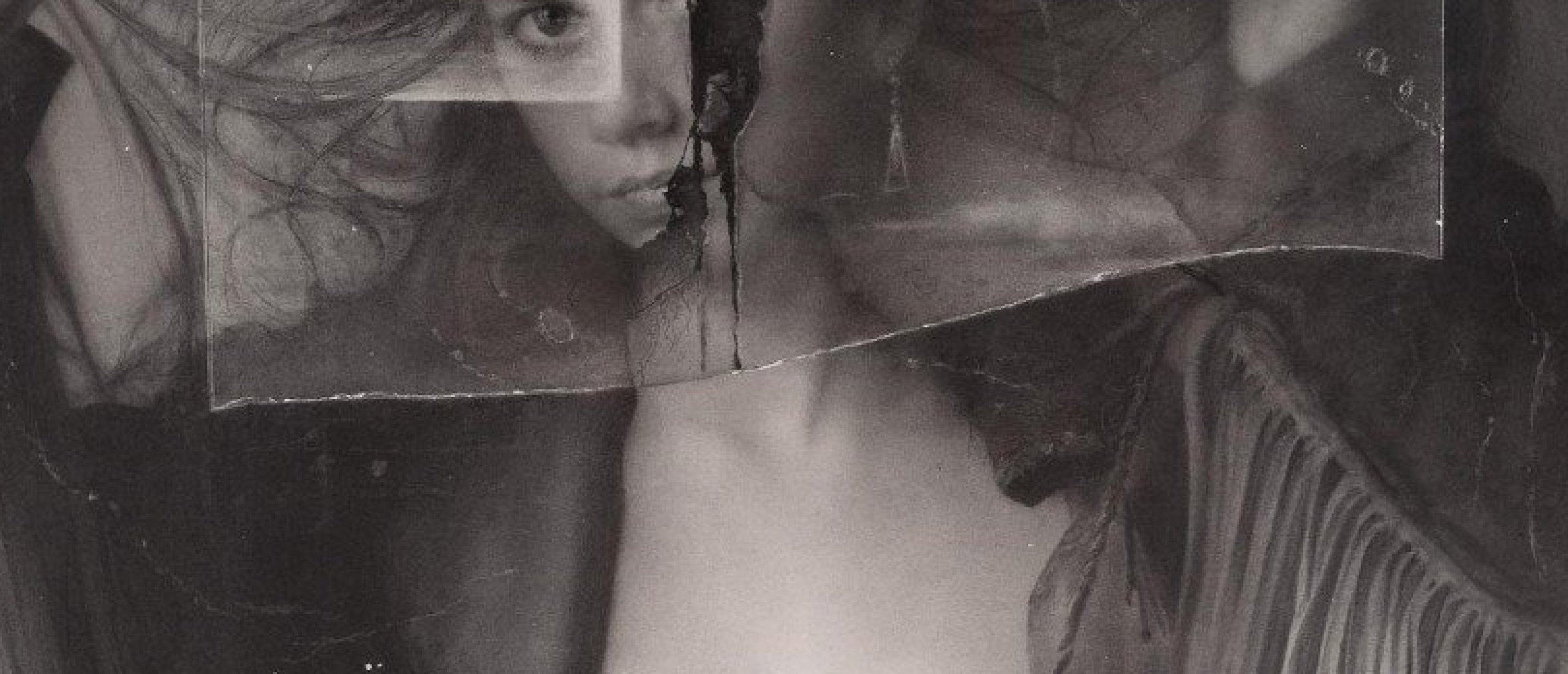
Editor’s Note:
Beauty may lie in the eye of the beholder, but what about eroticism—and the erotic mind? That’s a private screening in the memory’s own cabinet of curiosa: a sensorial theatre where each carries a secret compass decoding the fleeting signals of desire. Eros/Eroticon is my love letter to Eros and Psyche, body, mind, and soul, forever passionately entwined. Because Eros has always been a paradox. In this chapter, we follow its traces across memory, art, and pop culture—searching for erotic clues.
Eros, after all, is not just sexual desire. It’s the broader, unruly force that encompasses longing, beauty, fascination, and the drive toward union—whether with another body, a divine archetype, or an ideal. It’s the current that pulls us toward one another, but also toward art, poetry, and the eternal.
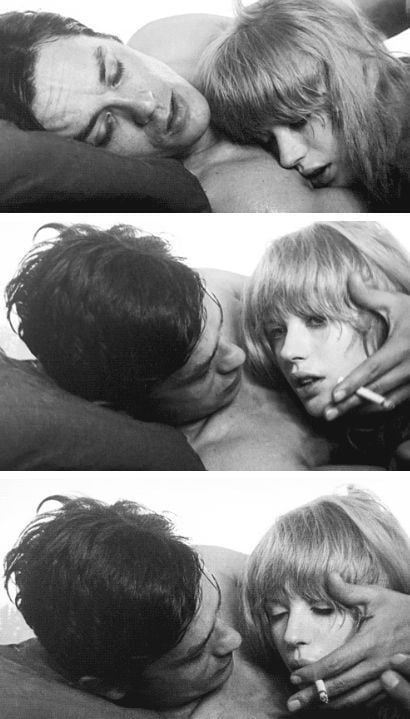
Alain Delon and Marianne Faithfull, stills from the set of 1968 film The Girl on a Motorcycle (released in the US as Naked Under Leather)
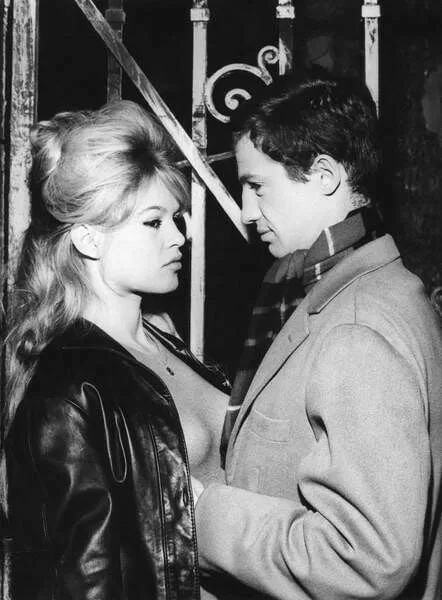
Brigitte Bardot and actor Jean-Paul Belmondo during the filming of the 1960 French drama La Vérité (The Truth), directed by Henri-Georges Clouzot
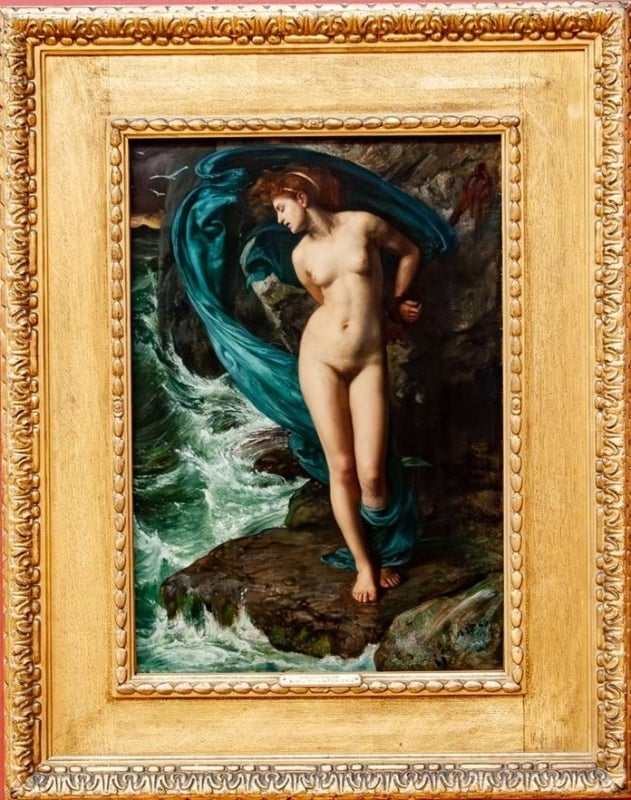
Andromeda, Oil on Canvas by Sir Edward Poynter, 1869, Juan Antonio Pérez Simón Private Collection via PICRY
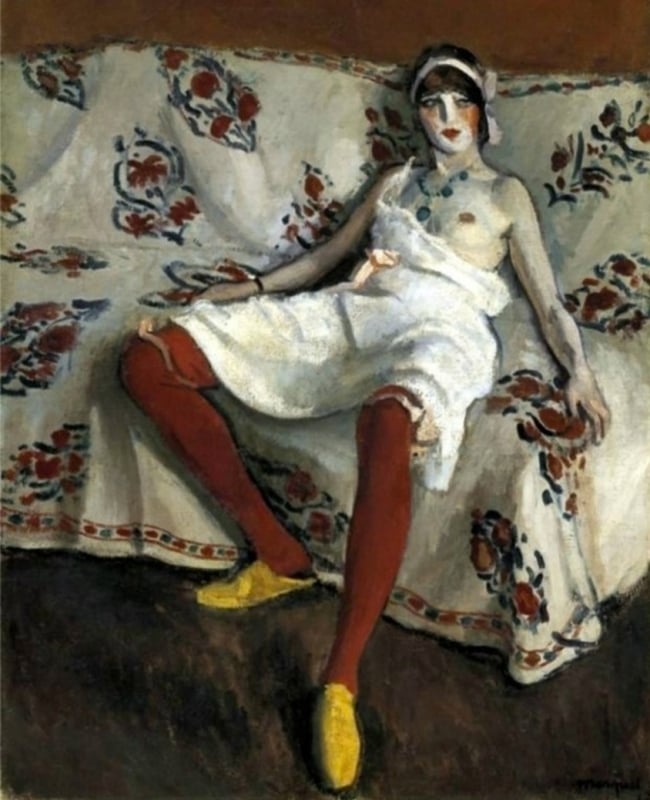
Albert Marquet, Bas rouges, 1912, via Artchive
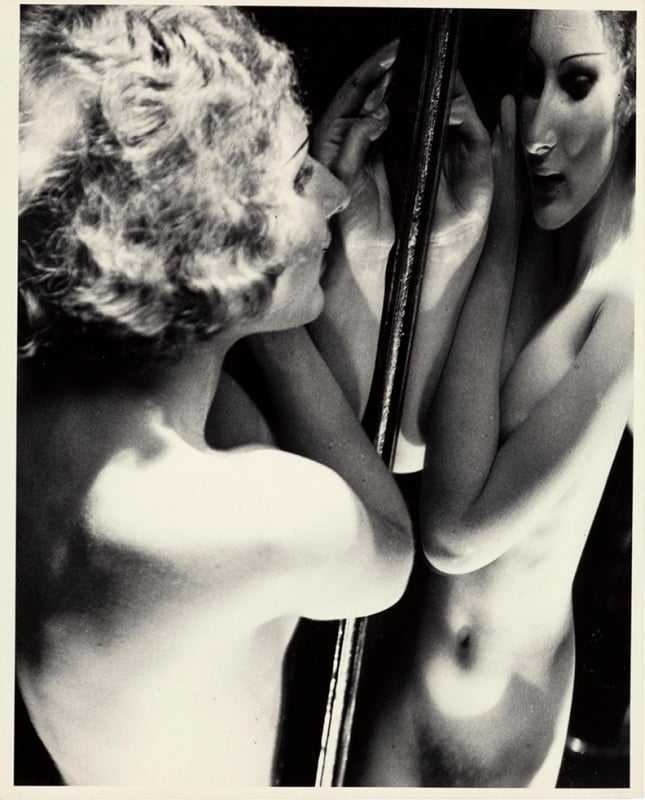
ANDRÉ KERTÉSZ, Distortion No. 19A, 1933
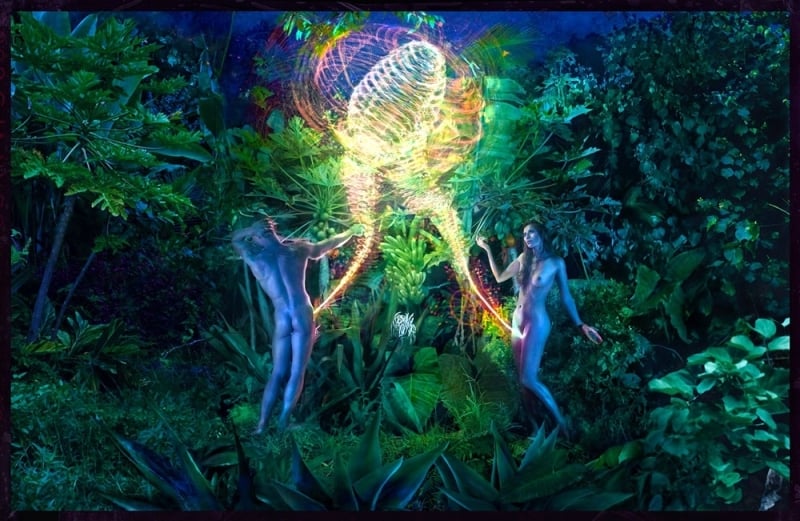
David LaChapelle, Adam and Eve, 2017. Hand Painted Negative-Pigment Print, Courtesy of the the artist and Galerie Templon
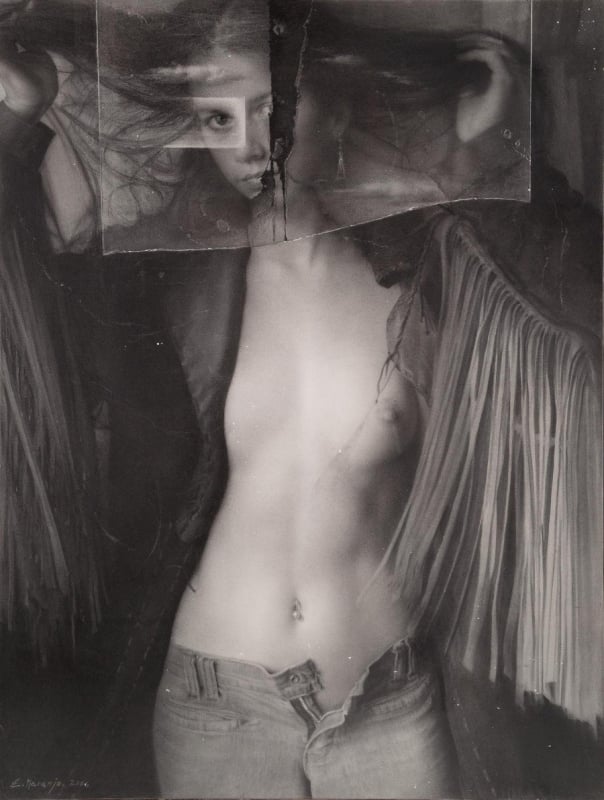
Eduardo Naranjo artwork via About of Art.
Eternal Sunshine of an Erotic Mind
CDK - Somebody That I Used To Know by Gotye
“What is love but a memory you can’t erase?” one might ask. Michel Gondry and Charlie Kaufman’s Eternal Sunshine of the Spotless Mind (2004) took that question literally and made it heartbreakingly surreal.
Jim Carrey’s Joel and Kate Winslet’s Clementine try to delete their messy love from memory via Lacuna Inc., a futuristic heartbreak clinic. The result is part science-fiction parable, part erotic philosophy.
Would you erase an ex if you could? Imagine your worst lover, your best orgasm, your most ruinous heartbreak—gone. A spotless mind, a sterilized erotic past. Tempting? Perhaps. But here’s the catch: in scrubbing away the pain, you also delete the joy, the lust, the ache that shaped you. You erase yourself.
Alexander Pope’s line, which gives the film its title—“Eternal sunshine of the spotless mind”—sounds serene. But spotless is not the same as alive. Desire, after all, is messy. Erotic memory is what makes us human: a playlist of smells, textures, glances, bruises, tastes. Lacuna promises relief, but what it really offers is a form of erotic amnesia—sanitized, numb, and eerily close to death.
Robert Nozick’s philosophical “experience machine” asks a similar question: would you plug into a simulation that delivers perfect pleasure, knowing it isn’t real? Most of us hesitate. Because memory—like love—hurts, but it also stitches meaning into our lives. Joel and Clementine, even after erasure, still circle back to each other. The erotic mind is stubborn. It refuses deletion.
CDK - Desoleil by Loyle Carner x Sampha
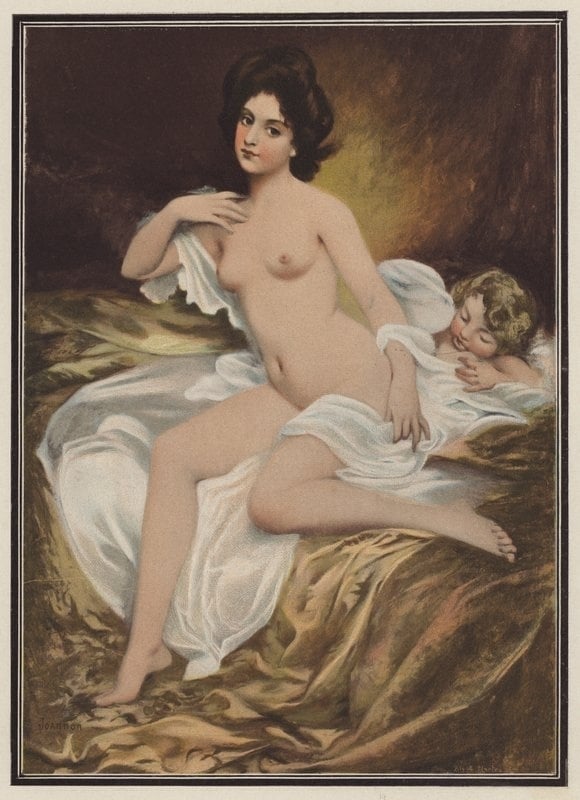
Eve's child. Illustration for El Desnudo en el Arte (M Uson, 1906) by Etienne Albert Eugene Joannon
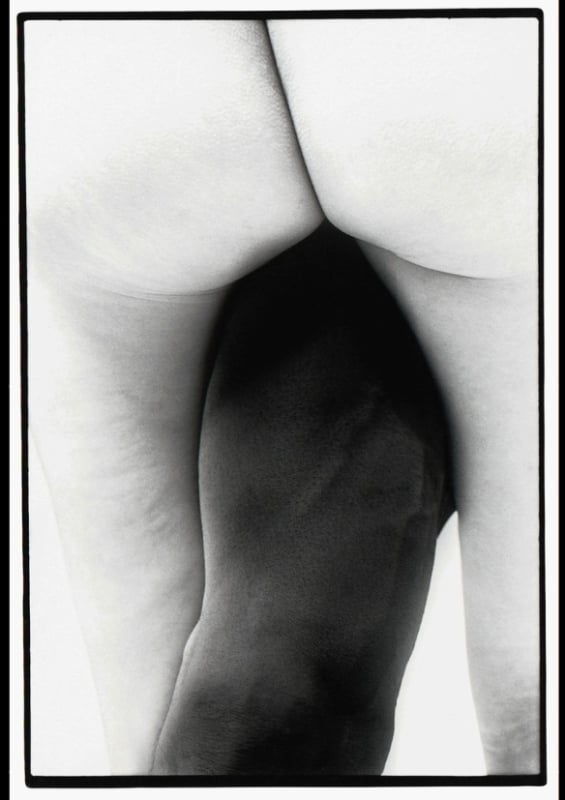
Eikoh Hosoe, Embrace #44, 1970 Silver gelatine print via Artsy
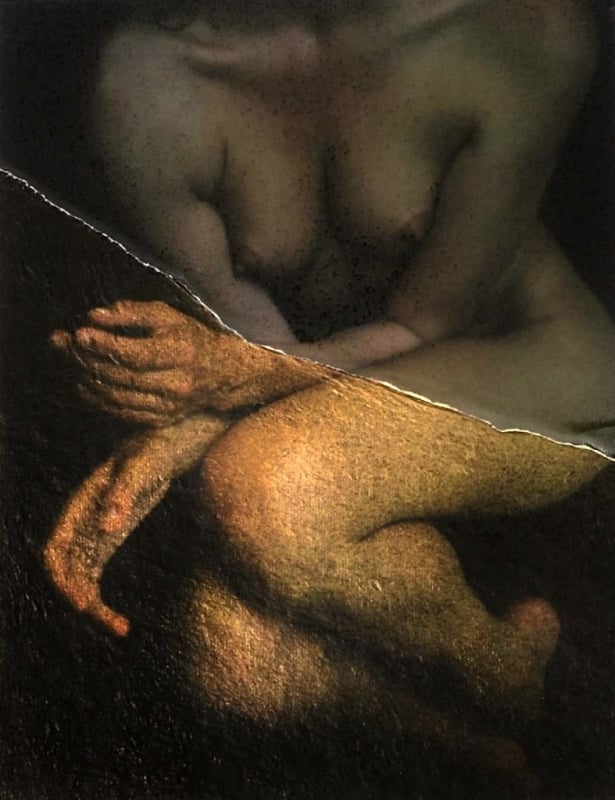
Fabien Dettori, Fanny-Paris 11, 2024 series Come Closer (Pieces Unique, Acrylic, Gold Leaf and Polaroid on board), Nicolas Auvray Gallery NY. Credits Artsy
Divine Mother, Feminine Flesh
Desire always carries a trace of the sacred. Kishin Shinoyama, the Japanese photographer whose nude portraits scandalized the 1960s, captured naked women not just as objects of lust but as icons of revelation. “The human body’s charm is revealed as soon as it is unclothed,” he said. For him, flesh was theology.
For many, that first encounter with feminine beauty feels like a theophany—an epiphany of the divine housed in curves, warmth, and softness.
The lover’s body appears not only as biological trigger, but as oracle. Something infinite suddenly contained in a finite form. To desire her is to tremble before mystery.
It’s no accident that across cultures, the feminine is wrapped in divine titles: Sophia, Shekinah, Madonna, Muse.
The erotic encounter—whether with a partner, a stranger, or an image—often imprints itself as more than sex. It is awe, reverence, and sometimes fear. Erotic memory preserves this reverence long after flesh has vanished, like a perfume that lingers in an empty room.
Become a Premium member now and check out the extended edition of the article including more on the erotic involuntary memory, when eros becomes logos, Shakespeare’s Romeo and Juliet, our memory of the senses, dozens of additional artworks + videos, and MUCH more....!!
Click HERE for the first part in the Eros / Eroticon series
Let us know your thoughts on this article in the comment box below...!!


